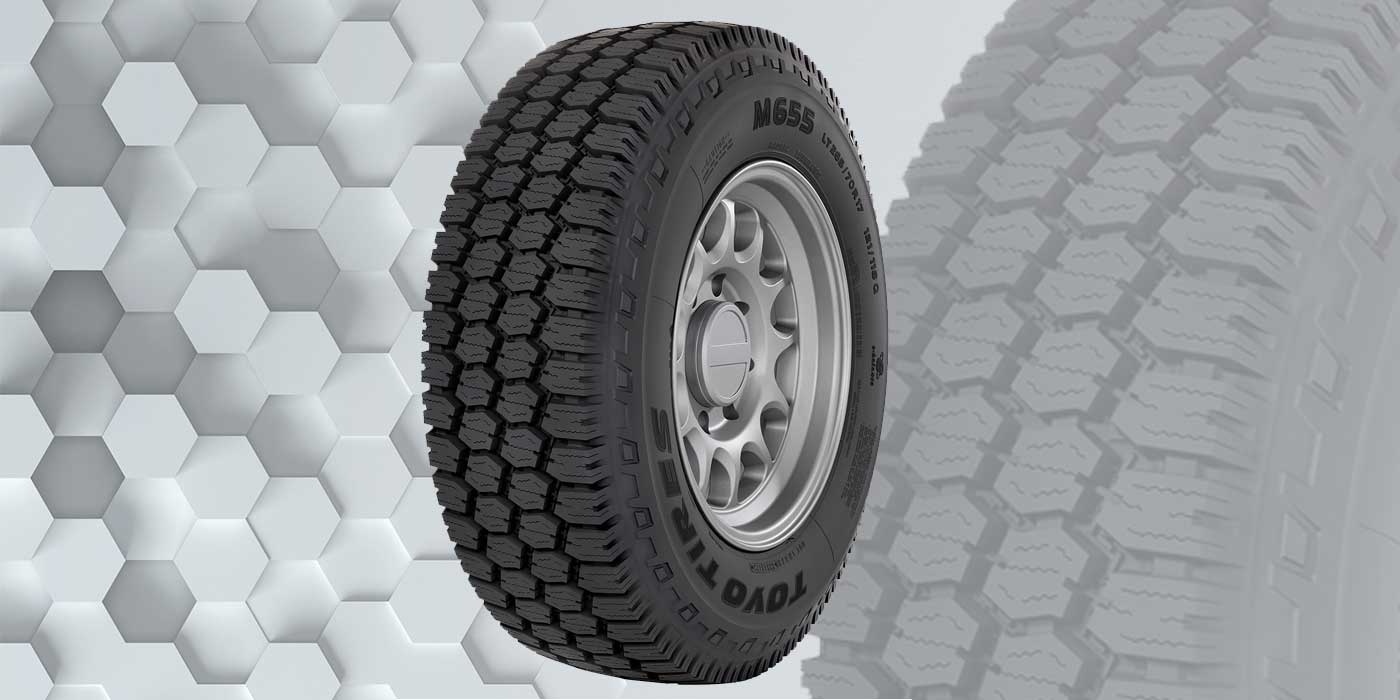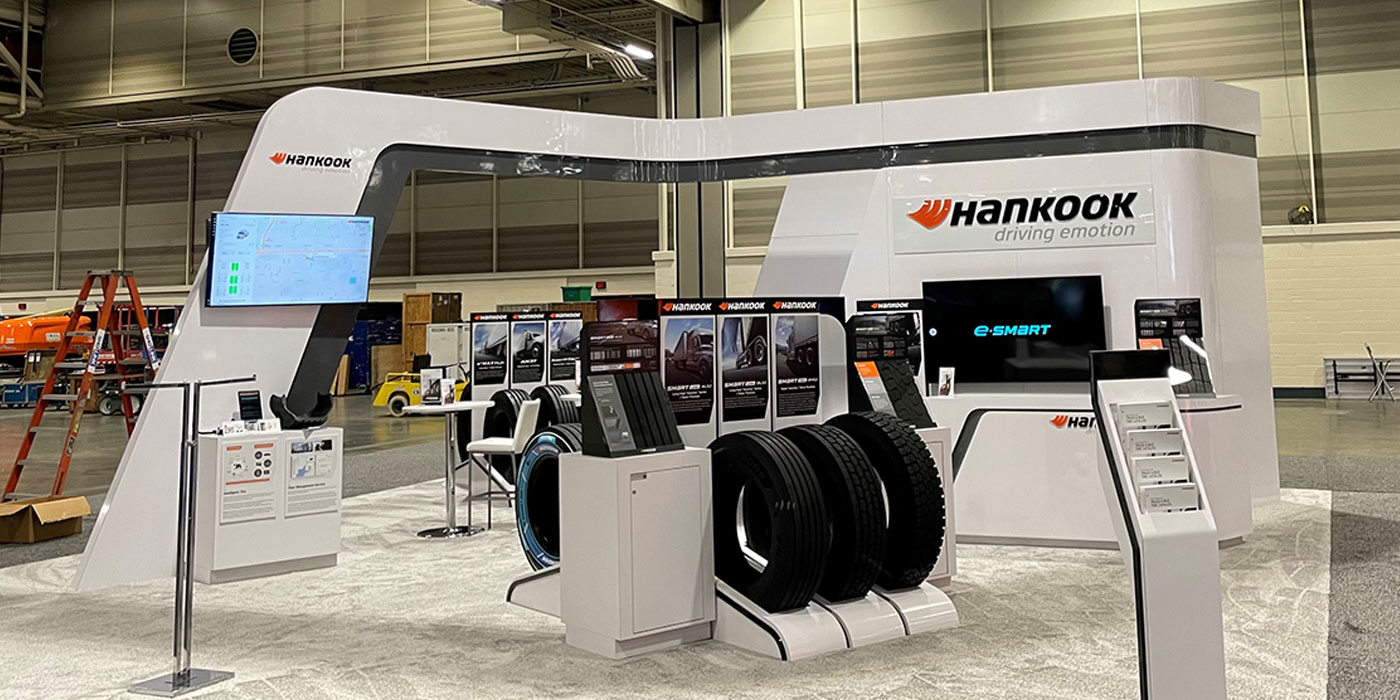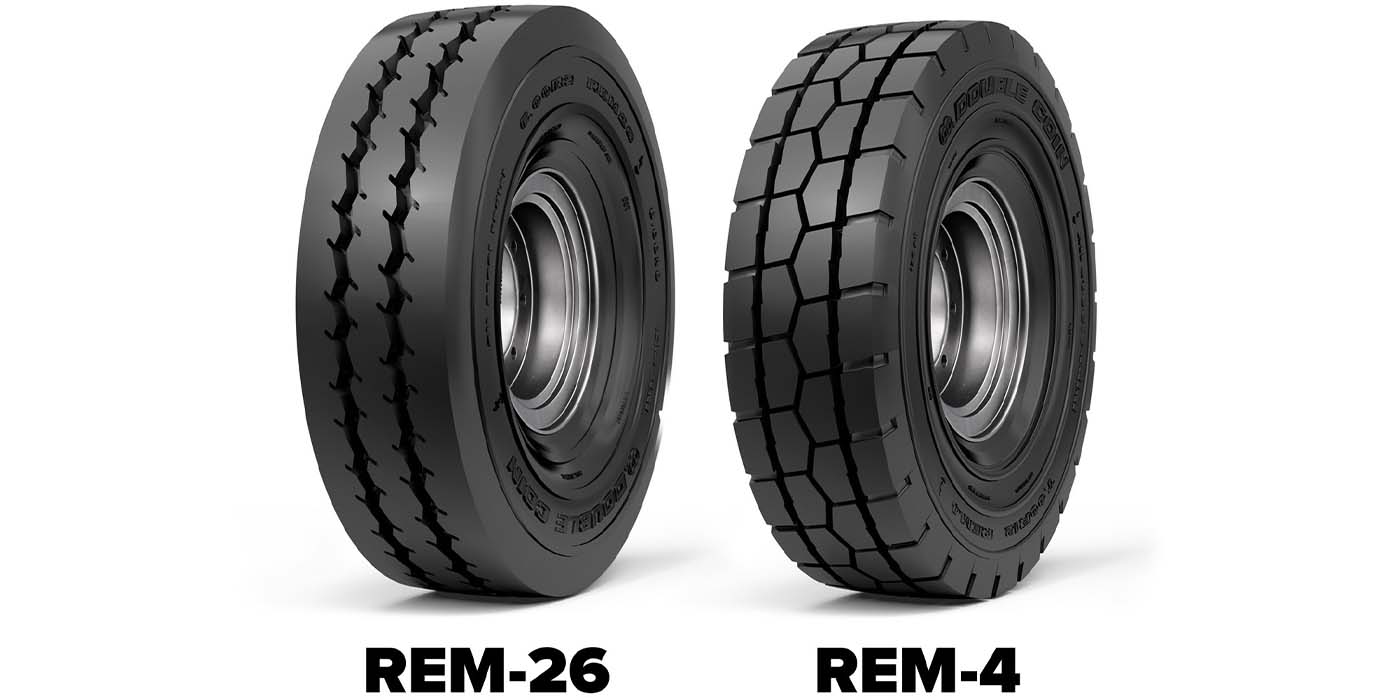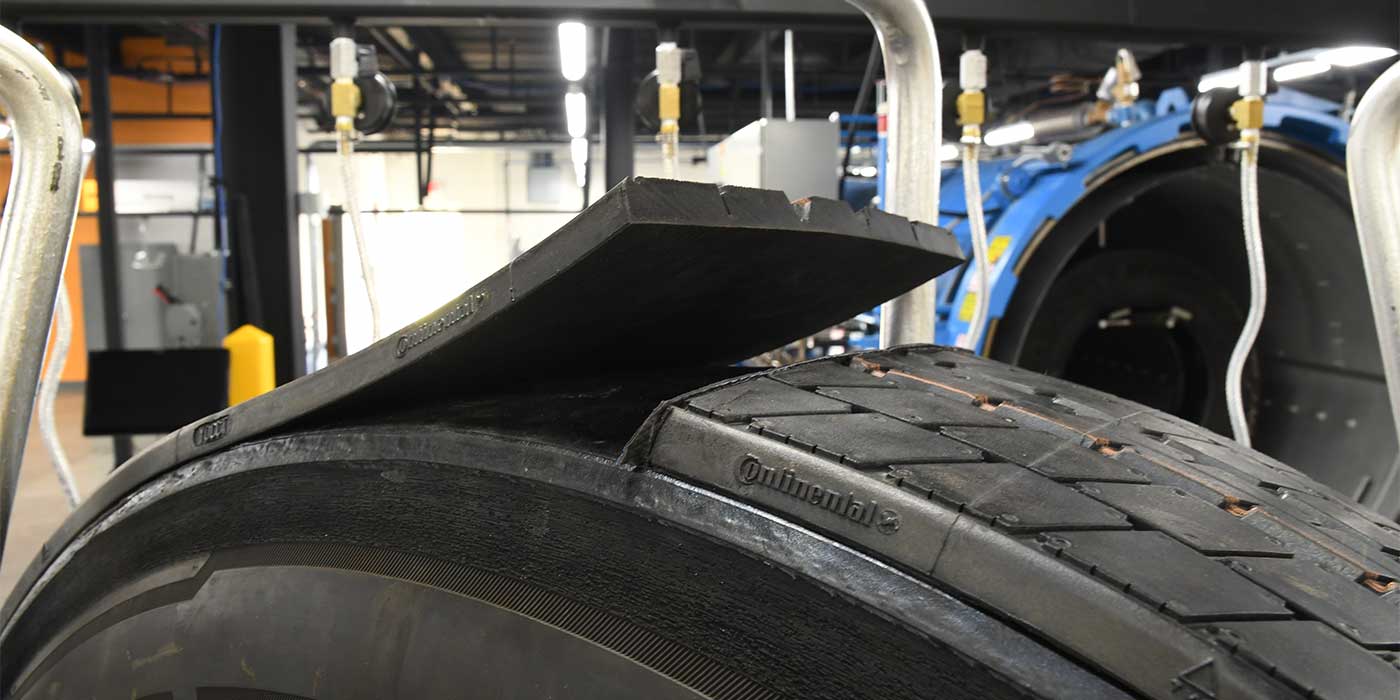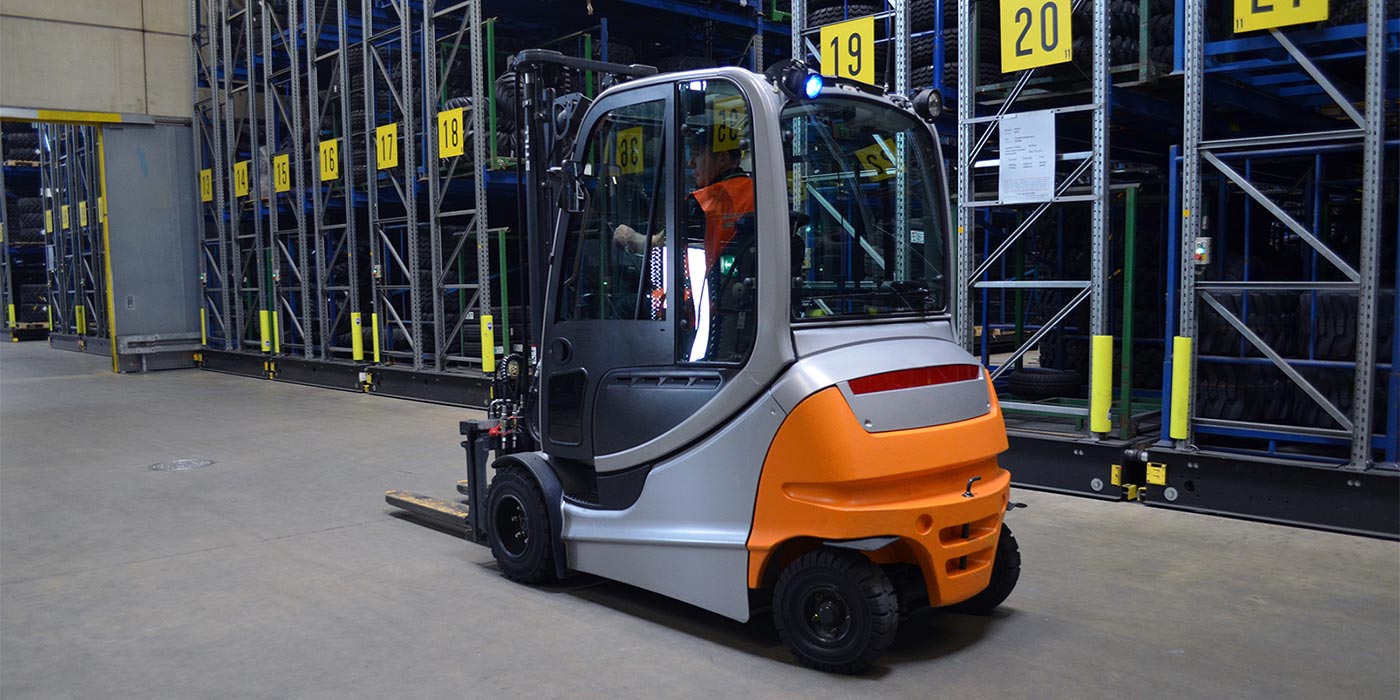The recreational vehicle market – from small campers and fifth wheels to giant motor homes – recently has navigated some challenging years. Elevated fuel costs paired with declining disposable income certainly hasn’t helped the segment overall.
But a closer look reveals that while RV sales – and corresponding tire sales – may be relatively flat, there still is room for growth for tire dealers who are in the know. The economic recession and slow recovery have changed the market, but dealers who put in the time to keep up with those shifts could reap rewards.
The Recreational Vehicle Industry Association (RVIA) estimates there will be about 650,000 RVs built between 2011 and 2015, with forecasted 10% annual growth. Last year, wholesale shipments were up about 4%.
According to Donn Kramer, director of product marketing for Goodyear Commercial Tire Systems, the original equipment RV tire market has decreased over the past two to three years, while the replacement tire market has been mostly flat. He adds that Goodyear does not expect “any measurable growth” in the remainder of 2012 – or in the next couple years, through 2014.
Libor Heger, Continental Tire the Americas’ brand manager for truck tires, says there is an industry shift the tiremaker is watching closely. Class A motorhomes – the largest in the segment – have started a slight decline. In 2011, shipments were down 3.1%.
“This is easily attributable to cost factors including fuel prices and the economy,” he explains. “However, there was a significant gain in the Class B motorhome segment, which includes van campers. 2011 shipments were up in this class by 18.8%. The fifth wheel travel trailer class also increased, by 9.1% year-over-year.”
Heger says this trend indicates RV owners are still interested in vehicles that have a high level of comfort and space, but ownership of the largest motorized luxury touring vehicles is flat. “RVIA indicates that ownership is at record levels already, and they’re very aggressive in their lifestyle marketing campaign. As the baby boomers adopt the RV lifestyle – and even in some cases, turn from conventional home ownership to permanent residences in RV parks – we’re expecting growth.”
He also says that while fuel economy has changed the RV landscape, it isn’t necessarily in an all-negative way. “Fuel economy has changed the behavior of RV owners. In the past, typical users would take many shorter trips per year to various destinations, but the higher operation cost has driven users to extended stays at fewer destinations. The yearly usage of a typical RV is now more days per year, but with less mileage accumulation.”
Tire Buyer Trends
Goodyear’s Kramer says the RV market is largely affected by the economy, fuel costs and disposable income. Because of this cost sensitivity – especially in recent years – RV owners are becoming more selective when it comes to tire purchases.
“We see that RV owners are becoming increasingly conscious about tire selection, because many are spending longer periods of time in their vehicles – and like us all, they’re feeling the pinch at the pump,” Continental’s Heger says. “Durability is the concern, but fuel economy will be a definite driver of this segment as gas prices increase. RV owners are also keeping their equipment longer, so tire replacement is more of a factor than before.”
Dealers can expect sales in the RV segment to peak in late May, when vehicle owners are preparing for the summer season. According to Heger, tire dealers can cover the majority of the market by stocking an RV-friendly product in three top sizes: 255/70R22.5, 275/70R22.5 and 315/80R22.5. He recommends a regional, all-position tire with good traction capabilities.
“Although we don’t track sales specific to RV owners, since we introduced our RV literature and products in 2010, we have seen growth in sales in the top three sizes for larger RVs,” he adds. “For these same top three RV sizes, we expect sales to increase 15% by 2014.”
Tire buyers in the RV segment generally don’t make a purchase based on cost alone. “They live in these vehicles and travel with their families, so safety is a huge motivator,” Heger says.
“Many see better engineered, premium tires as a worthwhile investment for better durability, stability and ride characteristics such as handling.”
On the equipment side, manufacturers have made the move toward more smaller, lighter vehicles.
“RVs are included as vocational vehicles in the EPA and NHTSA greenhouse gas emissions regulations, which begin in model year 2014 and set limits on rolling resistance for tires on new vehicles,” Heger says. “Thus, manufacturers are starting now to actively seek low rolling resistance tires for RVs and to even earn credits for pre-compliance.
“The 2010 EPA standards also impacted RV ownership, as they did the trucking industry. A high percentage of Class A motor homes are diesel and the industry was trying to determine the direction it would take with regard to engine and emissions issues. Many potential owners were forced to stand by on purchases of new RVs until the clear path was adopted.”
Service and Maintenance
To determine whether marketing to RV owners would be good for your dealership, consider area demographics – age, income, etc. – and proximity to any RV parks, campgrounds or major highways. If a tire dealer already has the capabilities to service commercial truck tires in the shop and on the road, it may make good sense to market these tires to drivers of RVs.
“If there are local RV dealers, clubs or parks in your area, makean extra effort to reach out to the members,” Heger says. “You can market to RV owners via social media or visit them face-to-face at RV rallies.”
Many rallies offer maintenance information sessions, which provide good opportunities for dealers to present tire information. Savvy dealers also could consider offering a replacement tire loyalty program through a local RV dealer, or ask RV customers to recommend them on Google Places, Heger says, adding, “Optimize keywords for your website and include an RV-specific page, particularly with regard to emergency tire replacement and service, so that traveling RVers can find you online when they need assistance or an answer to a technical question.”
When it comes to sales and service, it’s important to remember that typically, RV tires do not reach the end of their tread life before replacement time arrives.
“The front axle tires are replaced mainly due to irregular wear from alignment issues and light axle loads, while the rear tires typically age out before they wear out completely,” Continental’s Heger says.
Goodyear’s Kramer adds it’s important to educate RV tire customers on the importance of “load rating, storage, the amount of weight added to the vehicle after it leaves the factory, average speed traveled and duration of driving time.”
“The load rating of the tire is extremely important, and dealers should err on the side of caution when it comes to tire selection, recommending higher load ratings,” Heger advises. “Although many RV owners are aware of their vehicle’s gross vehicle weight, they often don’t realize that this refers to an unloaded vehicle. A loaded RV can become unbalanced due to furnishings, gas or water tanks, cargo placement and seating arrangements, and this also affects inflation.
“We encourage service providers to teach RV customers, especially those with larger vehicles, the importance of weighing their loaded RV – on each axle, and each side – and how to correctly interpret load and inflation tables,” he continues. “Continental makes this information available on an RV owner’s manual on our website, and many of the RV rallies offer weighing services for a small fee or donation. It’s well worth the investment.”
Dealers should advise RV owners to check tire air pressure – including inside dual tires, which often are overlooked – before storage, before leaving for a trip, and before leaving to return home.
“Some RV owners will purchase valve extenders to facilitate air pressure checks,” Heger says. “This may seem like a timesaver, but the extenders themselves should also be regularly inspected. Unless properly secured, the hoses can easily rub against the wheel until they break – and the tire can deflate completely, making it a total loss. Purchasing a gauge with a 45-degree angled head is likely a better buy in the long run.”
When it comes to RV tire storage, tiremakers recommend keeping the radials away from exposure to light, moisture and chemicals on flooring surfaces. “The importance of tire covers, which protect tires from ozone and sunlight damage during outdoor storage, cannot be emphasized enough,” Heger adds. “For an investment of about $50 per exterior tire, an RV owner can significantly reduce this exposure during non-driving storage and extend the life of the tire.”
And because RV owners are generally keeping their vehicles longer, gaining them as customers could result in more future replacement tire sales. For tire dealers to see success, it all boils down to offering quality products and quick service. With the right marketing initiatives, positive word of mouth advertising should follow.







